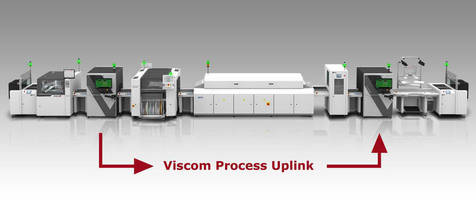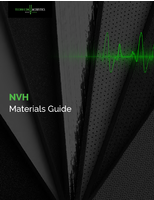3-D Solder Paste Inspection with Process Uplink Function: More Than Just Defect Detection

Hanover - SMT 2012, Hall/Stand 7-211 - In SMT electronic assembly production, 3-D SPI has established itself as the additional inspection gate to complement optical or X-ray inspection. The key task is detecting impermissible printed pads in terms of volume, form, smearing and offset. In addition to providing defect detection, the Viscom 3-D SPI can accomplish much more. The SPI-AOI-Uplink function links paste inspection and post-reflow inspection results for both easy and effective process control as well as improved classification of AOI results. The functionality of the Viscom Process Uplink will be demonstrated live in Stand 7-211 at the upcoming SMT Show in Nuremberg, Germany.
The 3-D solder paste inspection is deployed in order to detect defects in paste print. Electronic assemblies that do not meet the specified criteria are already sorted out after the solder paste is printed. This is why the 3-D SPI has established itself as the standard by saving the unnecessary costs of reworking electronic assemblies, particularly in high quality electronic products.
The Viscom S3088 SPI performs these tasks reliably and at the highest speed. The combination of basic AOI technology with the proven, high performance 3-D SPI sensor technology results in an extremely efficient inspection process. All essential 3-D features such as volume, height and form are recorded and checked, as well as surface area, displacement and smearing.
To detect solder paste defects, generally only a deviation of about +-50 percent from the target value is necessary to find all relevant defects. The SPI system has a significantly higher measuring accuracy, however, the typical irregularities inherent in the paste print process prohibit tighter tolerance thresholds. Because the SPI system provides far more accurate measurement data about the solder paste, using the data to improve process quality and to fully exploit the performance capacity of 3-D solder paste inspection is only logical. The catchphrase for this: Viscom Process Uplink. Data from the SPI and the post-reflow AOI are linked and transferred to the verification station after the AOI.
Process Uplink offers three major advantages for production:
First, an easier classification and prevention of human error and false calls by display of the AOI-SPI defect image pairs. Second, higher product quality through the additional display of SPI borderline defects at the AOI verification station. As a rule, borderline defects do not result in optimum solder quality. Third, direct process monitoring and improvement regarding paste print and solder defects.




